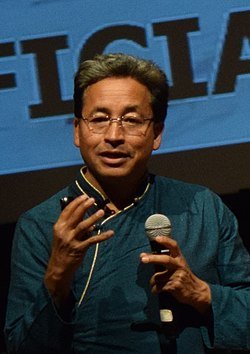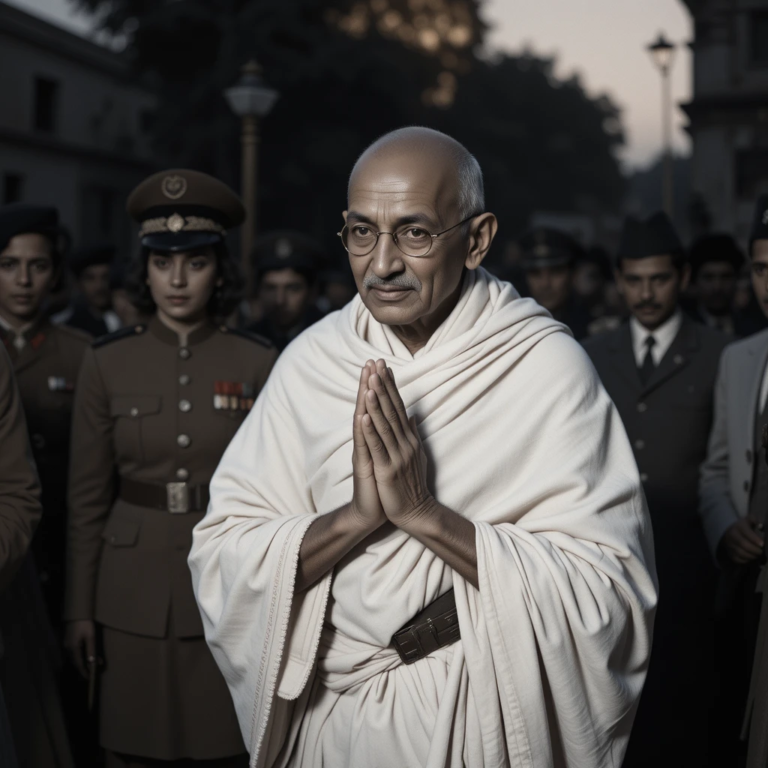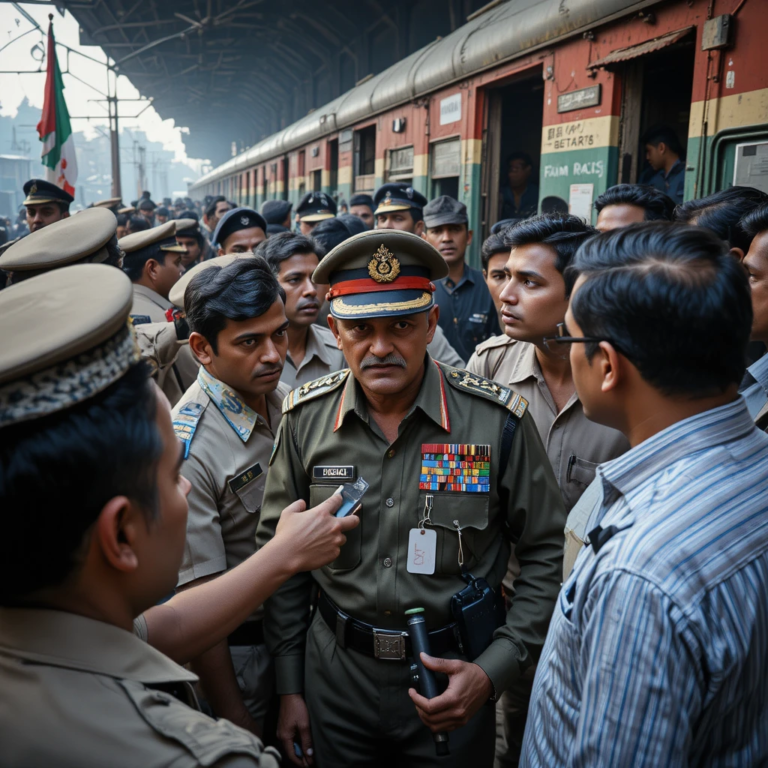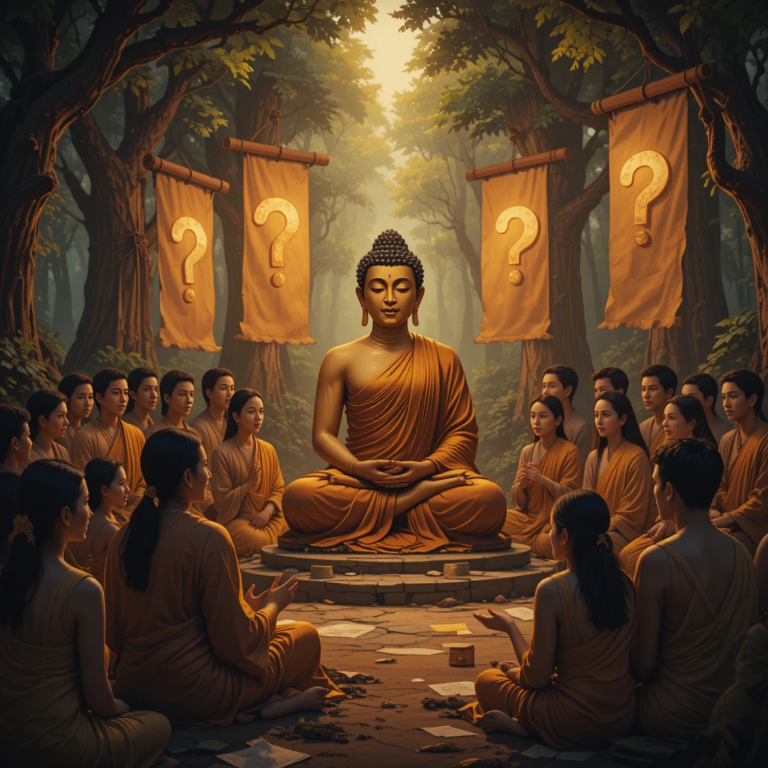The partition of India in 1947 stands as a pivotal and tragic event in world history, marking the end of British colonial rule while simultaneously creating two sovereign nations—India and Pakistan—through a process fraught with violence, mass migrations, and profound human suffering. Estimates suggest that between 200,000 and 2 million people lost their lives, with over 14 million displaced across hastily drawn borders. This division was not merely a geographical split but a culmination of escalating communal tensions, political maneuvers, and colonial policies that exploited religious differences. Recent educational materials from the National Council of Educational Research and Training (NCERT), introduced under the Bharatiya Janata Party (BJP)-led government, have stirred controversy by assigning primary blame to Muhammad Ali Jinnah, the Indian National Congress (including figures like Mahatma Gandhi), and Viceroy Lord Mountbatten. These modules, released in August 2025 for “Partition Horrors Remembrance Day,” portray the partition as avoidable, stemming from “wrong ideas,” and criticize Congress for accepting the demand for a separate Muslim state. However, a comprehensive review of historical records reveals a more complex web of responsibility, including the roles of Hindu nationalist groups like the Hindu Mahasabha and the Rashtriya Swayamsevak Sangh (RSS), whose leaders advocated the two-nation theory and formed coalitions with the Muslim League in the 1940s. This expanded article draws on archival evidence, contemporary analyses, and the book Freedom at Midnight by Dominique Lapierre and Larry Collins to provide a balanced perspective, highlighting how selective narratives in education can distort history. It also incorporates key statements from Vinayak Damodar Savarkar on the two-nation theory, as well as perspectives from articles in Organiser, the RSS-affiliated magazine, which have defended or contextualized these views.
Table of Contents
Deep Analysis of NCERT Insertions Under the Current Government
The NCERT’s special modules on Partition Horrors Remembrance Day, instituted by Prime Minister Narendra Modi in 2021 and expanded in 2025, serve as supplementary educational resources for classes 6–12. These PDFs, available on the NCERT website, aim to foster remembrance of the partition’s atrocities through activities like projects, debates, and discussions. The middle-stage module (Classes 6–8) simplifies the narrative, stating: “India’s Partition happened due to wrong ideas. The party of Indian Muslims, the Muslim League, held a conference in Lahore in 1940. Its leader, Muhammad Ali Jinnah, demanded a separate country for Muslims called Pakistan. The Congress Party accepted this demand.” It further identifies three culprits: “First, Muhammad Ali Jinnah, who demanded it; second, the Congress, which accepted it; and third, Viceroy Lord Mountbatten, who hastened the process without adequate safeguards against the horrors.” The module emphasizes the human cost—mass killings, displacement of 1.5 crore people, sexual violence against women, and trains arriving filled with corpses—while linking partition to ongoing issues like the Kashmir conflict and terrorism, claiming: “Pakistan has waged three wars to annex Kashmir and, after losing them, adopted a policy of exporting jihadist terrorism… All this is a consequence of Partition.”
The secondary-stage module (Classes 9–12) delves deeper, critiquing Congress leaders for inexperience: “None of the Indian leaders had experience in running national or even provincial administration… Hence, they had no idea of the massive problems that would naturally arise.” It highlights the Muslim League’s 1946 Direct Action Day as a catalyst for violence, quoting Jinnah: “Either a divided India or a destroyed India.” The modules argue that partition was not inevitable, blaming Congress for underestimating Jinnah’s resolve and failing to anticipate long-term ramifications, such as economic losses and communal strife. Notably, these materials omit any discussion of Hindu nationalist contributions, such as Vinayak Damodar Savarkar’s 1937 advocacy of the two-nation theory or the Hindu Mahasabha’s coalitions with the Muslim League in Sindh, Bengal, and the North-West Frontier Province (NWFP) during 1942–1947. This selective framing aligns with BJP-RSS ideology, which defends the modules as correcting historical “distortions” by portraying Congress as appeasers. Opposition parties, including Congress, have vehemently criticized this as biased, with spokesperson Pawan Khera stating: “Burn this document as it doesn’t tell the truth. Partition happened due to nexus between Hindu Mahasabha and Muslim League.” These insertions build on prior revisions since 2014, including deletions of Gandhi’s assassination details in 2023 textbooks, reflecting a pattern of reshaping history to vilify Congress while absolving right-wing groups.
Historical Pathways to Partition
The path to partition was paved by British divide-and-rule tactics, communal politics, and failed unity efforts spanning decades. The two-nation theory, which posited Hindus and Muslims as irreconcilable nations, was not solely Jinnah’s invention; it was articulated earlier by Hindu Mahasabha leader Savarkar in his 1937 presidential address at Ahmedabad: “India cannot be assumed today to be a unitarian and homogenous nation, but on the contrary there are two nations in the main: the Hindus and the Moslems, in India.” This preceded the Muslim League’s 1940 Lahore Resolution, and Savarkar reiterated support in 1943: “I have no quarrel with Mr Jinnah’s two-nation theory. We Hindus are a nation by ourselves.” Articles in Organiser, the RSS mouthpiece, have contextualized these statements, arguing that Savarkar was merely acknowledging a factual division caused by Muslim separatism rather than advocating partition. For instance, a 2019 Organiser piece states: “When Savarkar said ‘there are two nations in the main; the Hindus and the Moslems, in India’ he was simply stating the fact because without recognizing the disease how can it be cured?” It portrays Savarkar as opposing actual division while urging Hindus to unite against perceived threats. A 2024 article in Organiser further defends him, describing the two-nation theory as a “disease that had to be cured” and criticizing attempts to equate Savarkar with Jinnah. Another 2025 piece in Organiser urges revisiting Savarkar’s full context, emphasizing his vision of an undivided Hindu nation. These defenses highlight how Organiser supports Savarkar’s recognition of two nations as a strategic acknowledgment to strengthen Hindu identity, not to endorse separation.
RSS chief Golwalkar amplified this in his 1939 book We or Our Nationhood Defined, writing: “The foreign races in Hindusthan must either adopt the Hindu culture and language, must learn to respect and hold in reverence Hindu religion… or may stay in the country, wholly subordinated to the Hindu Nation, claiming nothing… not even citizen’s rights.” He drew parallels to Nazi treatment of Jews, viewing Muslims as threats that justified separation.
During World War II, with Congress leaders imprisoned after the 1942 Quit India Movement, the Hindu Mahasabha formed opportunistic coalitions with the Muslim League in Sindh (1938–1946, where a 1943 resolution supported Pakistan), Bengal (1941–1943, under A.K. Fazlul Huq and later Syama Prasad Mukherjee), and NWFP (1943–1945). These alliances, aimed at countering Congress, exacerbated communal divides and indirectly bolstered the partition demand. Congress, committed to secular unity, accepted partition reluctantly on June 3, 1947, due to escalating violence (e.g., 1946 Calcutta riots), fear of civil war, and exhaustion from negotiations. Nehru remarked: “Partition is bad. But… the price of civil war would be infinitely greater.” Gandhi opposed it vehemently, proposing Jinnah as prime minister of a united India, but was sidelined.
Perspectives from Freedom at Midnight
In Freedom at Midnight (1975), Lapierre and Collins offer a narrative history based on interviews with key figures, portraying partition as a tragic inevitability driven by multiple failures. They describe Jinnah’s unyielding demand for Pakistan amid fears of Hindu dominance, Congress’s pragmatic acceptance to prevent further bloodshed, and Mountbatten’s rushed timeline—advancing independence from June 1948 to August 1947—to avoid administrative collapse. The book vividly details the violence: “It was the world’s largest and rarest exodus,” with graphic accounts of massacres, rapes, and refugee trains turned into charnel houses. Gandhi’s efforts for communal harmony are highlighted, including his fasts and proposal for Jinnah as PM, but the authors note his marginalization by Nehru and Patel. They criticize British policies for exacerbating divisions and communal leaders on all sides for fanning hatred, without assigning singular blame but emphasizing shared responsibility and the human toll.
Conclusion: Beyond Blame to Balanced Understanding
Partition’s legacy endures in South Asia’s geopolitics, from Kashmir disputes to communal tensions. The BJP government’s NCERT modules, by focusing blame on Congress and Jinnah while ignoring Hindu nationalist roles, risk perpetuating division through education. A truth-seeking approach, informed by historical records, Savarkar’s statements, Organiser perspectives, and works like Freedom at Midnight, reveals culpability across the spectrum: British imperialism, League intransigence, Congress concessions, and right-wing communalism. Embracing this multifaceted view fosters reconciliation and prevents history from being a political tool.
References and Books Considered
Books:
- Freedom at Midnight by Dominique Lapierre and Larry Collins (1975): Primary source for narrative insights on partition events, responsibilities, and human impacts.
- We or Our Nationhood Defined by M.S. Golwalkar (1939): Referenced for excerpts on RSS views of Muslims and the two-nation theory.
References (Web and Other Sources):
- BJP, Congress war of words over NCERT special module… (Indian Express, 2025) – https://indianexpress.com/article/india/ncert-special-module-jinnah-congress-mountbatten-culprits-india-partition-10193049/
- NCERT Blames Jinnah, Congress, Mountbatten As “Culprits Of…” (NDTV, 2025) – https://www.ndtv.com/india-news/ncert-blames-muhammad-ali-jinnah-congress-lord-mountbatten-as-culprits-of-partition-9097131
- Two-nation theory (Wikipedia) – https://en.wikipedia.org/wiki/Two-nation_theory
- Did Veer Savarkar ‘propose’ two-nation theory? (OpIndia, 2022) – https://www.opindia.com/2022/08/veer-savarkar-two-nation-theory-partition-islamists-congress-lies/
- “Hindustan must ever remain one and indivisible”: Veer Savarkar’s… (Organiser, 2021) – https://organiser.org/2021/10/12/18705/bharat/hindustan-must-ever-remain-one-and-indivisible-veer-savarkar-s-landmark-speech-at-karnavati-in-1937/
- Veer Savarkar and the Two-Nation Theory (Arise Bharat, 2019) – https://arisebharat.com/2019/12/12/veer-savarkar-and-the-two-nation-theory/
- Guilty Men of the Two-Nation Theory (Frontier Weekly) – https://frontierweekly.com/articles/vol-51/51-14-17/51-14-17-Guilty%2520Men%2520of%2520the%2520Two-Nation%2520Theory.html
- M. S. Golwalkar (Wikipedia) – https://en.wikipedia.org/wiki/M._S._Golwalkar
- How former RSS head M.S. Golwalkar saw India… (The Print, 2018) – https://theprint.in/pageturner/excerpt/nationalism-golwalkars-head-of-rss-three-decades/31781/
- RSS officially disowns Golwalkar’s book (Times of India, 2006) – https://timesofindia.indiatimes.com/india/rss-officially-disowns-golwalkars-book/articleshow/1443606.cms
- Hindu Mahasabha (Wikipedia) – https://en.wikipedia.org/wiki/Hindu_Mahasabha
- When Muslim League and Hindu Mahasabha formed coalition… (Indian Express, 2024) – https://indianexpress.com/article/explained/explained-history/hindu-mahasabha-muslim-league-coalition-9258342/
- Yes, Hindu Mahasabha allied with Muslim League, but… (India Today, 2024) – https://www.indiatoday.in/history-of-it/story/hindu-mahasabha-muslim-league-syama-prasad-mookerjee-alliance-bengal-sindh-congress-pm-modi-2526267-2024-04-12
- When your past comes back to haunt you… (Sabrang India, 2024) – https://sabrangindia.in/when-your-past-comes-back-to-haunt-you-hindu-mahasabha-muslim-league/
- India’s partition happened due to ‘jugalbandi’… (Tax TMI, 2025) – https://www.taxtmi.com/news?id=52709
- Partition of India (Wikipedia) – https://en.wikipedia.org/wiki/Partition_of_India
- Reason for Congress Acceptance of Partition (Rau’s IAS) – https://compass.rauias.com/modern-history/reason-for-congress-acceptance-of-partition/
- Independence and Partition, 1947 (National Army Museum) – https://www.nam.ac.uk/explore/independence-and-partition-1947
- Partition of India | Summary… (Britannica, 2025) – https://www.britannica.com/event/Partition-of-India
- Freedom at Midnight (Wikipedia) – https://en.wikipedia.org/wiki/Freedom_at_Midnight
- Freedom at Midnight Review… (The Hans India, 2024) – https://www.thehansindia.com/cinema/freedom-at-midnight-review-a-dry-historical-drama-that-misses-the-mark-925703
- Did Savarkar Support Two-Nation Theory? – Organiser – https://organiser.org/2019/12/24/125919/bharat/did-savarkar-support-two-nation-theory/
- 100th Anniversary of Savarkar’s Release From Prison – Organiser – https://organiser.org/2024/01/10/176140/opinion/demonisation-of-savarkar-the-motives-and-methods-of-vilification/
- Yes, Veer Savarkar’s contribution was National & comprehensive … – https://organiser.org/2025/01/07/272505/bharat/veer-savarkar-a-comprehensive-evaluation/
- Priyank Kharge says Savarkar first propagated two-nation theory … – https://www.deccanherald.com/india/karnataka/priyank-kharge-says-savarkar-first-propagated-two-nation-theory-cites-ambedkar-3684459




